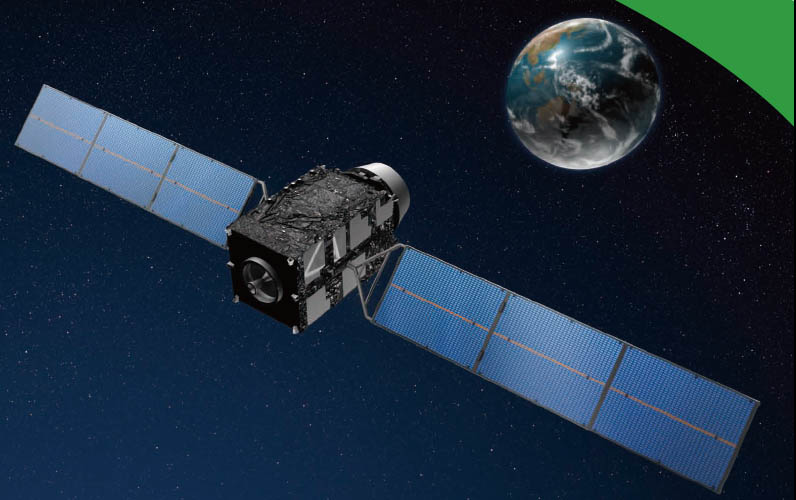GPS got a twofer on March 27 with major advances for the ground segment and the space segment. The Contingency Operations (COps) program, an upgrade necessary to the Operational Control System for it to command and control the new GPS III satellites, was approved. And the second GPS III satellite to orbit was approved, a stage that should shortly be followed by it becoming available to military and civilian users.
Both steps occurred upon receiving the U.S. Space Force’s Operational Acceptance approval.
COps has operated on a trial basis since last October, supporting the developmental testing of the GPS III ground and space capabilities. The trial period culminated in a fully mission capable rating from the Air Force Operational Test and Evaluation Center’s Operational Utility Evaluation.
GPS SV02 launched on Aug. 22, 2019, and upon completing its test, COps took control of it, bringing it into the III fold along with its earlier sibling, GPS III SV01. Administering COps and in direct control of both satellites is the 2nd Space Operations Squadron at Schreiver Air Force Base, Colorado.
“Of all the programs that will be delivered this year, there are few that carry with it as significant an impact to the warfighter and civilian users as [COps] will. This is truly a remarkable leap forward for the GPS enterprise and the capability it provides, and I couldn’t be more proud of the team that came together to make it happen,” said Lt. Col. Stephen Toth, 2nd Space Operations Squadron commander.
Lockheed Martin built both satellites as well as the COps command and control program. The company is under contract to build up to 32 of the new generation and its follow-on version, carrying new technology and advanced capabilities in payloads made by L3Harris. The military advances aboard these satellites include the new military M-code, and COps is necessary to administer this signal.
19 previously orbited IIR-M and IIF generation GPS satellites can broadcast M-Code, as can GPS III SV01 and SV02. The third M-code enabled GPS III satellite should launch in April of this year. The military is getting very close to full M-code capability, which will occur when 24 orbiting satellites have it. Its operational availability is on track for 2020.
User Equipment Not Far Behind
The M-Code Early Use (MCEU) upgrade, delivered earlier this year, is a key part of COps, enabling the system to task, upload and monitor M-Code within the GPS constellation. It also supports testing and fielding of modernized user equipment, prior to the completion of the next-generation ground control system, or OCX.
The M-Code encrypted GPS signal enhances anti-jamming and protection from spoofing, and increases secure access for U.S. and allied military forces.
A key to enabling M-Code is a new software-defined receiver Lockheed Martin developed and is installing at all six Space Force monitoring sites. The M-Code Monitor Station Technology Capability receives and monitors M-Code signals.
Red Dragon Breathes Cyber Security
Finally, Lockheed Martin als0 delivered the Red Dragon Cybersecurity Suite (RDCSS) Phase III upgrade during the fourth quarter of 2019, dramatically improving Defensive Cyber Operations (DCO) visibility into GPS network traffic. Other add-ons include user behavior analytics to analyze patterns of traffic and network taps to improve data collections.
“GPS is an attractive target for our adversaries, so it was critical we bring our best cybersecurity defenses to the table,” said Stacy Kubicek, Vice President of Mission Solutions Defense and Security.
[Image above: Capt. Adam Moody, 2nd Space Operations Squadron Global Positioning System Operations Support flight commander, and Staff Sgt. Carl Ellinger, 2 SOPS GPS mission chief, review a checklist of procedures for a transfer operation at Schriever Air Force Base, Colorado (U.S. Air Force photo/Dennis Rogers)]






